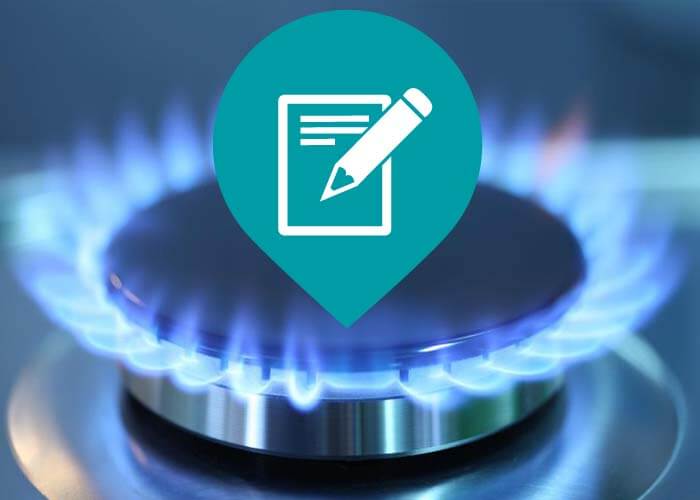
How Does the Natural Gas Distribution System Work?
How Does the Gas Distribution System Work?
Gas moving from greater to reduce stress is the fundamental principle of the natural gas distribution system. The quantity of stress in a pipe is gauged in pounds per square inch.
From the well, the gas goes into "gathering" lines, which are like branches on a tree, obtaining larger as they obtain closer to the central collection point.
Event Solutions
An event system might need one or more area compressors to relocate the gas to the pipe or the processing plant. A compressor is a machine driven by an internal burning engine or generator that produces pressure to "push" the gas with the lines. The majority of compressors in the gas shipment system utilize a percentage of gas from their very own lines as fuel.
Some gas celebration systems include a processing facility, which performs such functions as removing contaminations like water, carbon dioxide or sulfur that might corrode a pipe, or inert gases, such as helium, that would certainly decrease the power worth of the gas. Handling plants also can remove small quantities of gas and butane. These gases are made use of for chemical feedstocks and various other applications.
The Transmission System
From the gathering system, the natural gas actions right into the transmission system, which is usually composed of concerning 272,000 miles of high-strength steel piper.
These big transmission lines for natural gas can be contrasted to the country's interstate highway system for cars. They move huge amounts of natural gas hundreds of miles from the producing regions to regional distribution business (LDCs). The pressure of gas in each section of line normally ranges from 200 extra pounds to 1,500 extra pounds per square inch, depending upon the kind of location in which the pipe is running. As a safety measure, pipelines are made and built to take care of much more stress than is ever actually reached in the system. For example, pipelines in even more booming locations run at less than one-half of their layout stress level.
Several major interstate pipelines are "knotted"-- there are two or even more lines running parallel to each other in the very same right of way. This provides optimum ability during durations of peak demand.
Compressor Stations
Compressor terminals lie around every 50 to 60 miles along each pipeline to boost the stress that is shed through the rubbing of the gas relocating through the steel pipeline. Many compressor stations are entirely automated, so the devices can be started or stopped from a pipeline's central control area. The control room can likewise from another location run shut-off shutoffs along the transmission system. The drivers of the system maintain detailed operating data on each compressor terminal, and continuously change the mix of engines that are running to take full advantage of efficiency and security.
Natural gas relocations through the transmission system at approximately 30 miles per hr, so it takes a number of days for gas from Texas to come to an utility receipt point in the Northeast. Along the way, there are several interconnections with various other pipelines and also other energy systems, which provides system drivers a good deal of flexibility in moving gas.
Linepack
A 50-mile area of 42-inch transmission line operating at around 1,000 pounds of pressure consists of around 200 million cubic feet of gas-- enough to power a kitchen range for more than 2,000 years. The amount of gas in the pipe is called the "linepack.".
By raising as well as reducing the pressure on any type of pipeline segment, a pipe company can utilize the sector to keep gas during periods when there is less demand at the end of the pipe. Using linepack in this way allows pipe drivers to manage per hour changes in demand extremely effectively.
Gas pipelines and utilities make use of extremely sophisticated computer versions of customer demand for gas, which relate everyday and also per hour consumption patterns with seasonal and also ecological elements. That's why clients can rely on the integrity of gas-- when it's required, it exists.
Gateway Terminals.
When the natural gas in a transmission pipeline gets to a local gas energy, it generally passes through a "gateway terminal." Energies often have gate terminals getting gas at several areas as well as from numerous various pipes. Entrance terminals serve 3 purposes. First, they decrease the stress in the line from transmission levels (200 to 1,500 pounds) to circulation levels, which range from 1/4 pound to 200 extra pounds. After that an odorant, the distinctive sour fragrance related to natural gas, is added, to make sure here that consumers can smell even small quantities of gas. Lastly, the gate station determines the circulation price of the gas to figure out the amount being gotten by the utility.